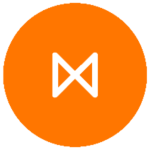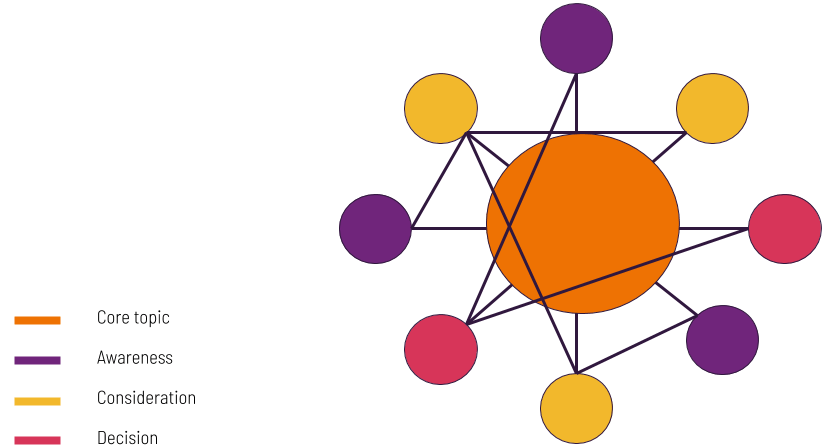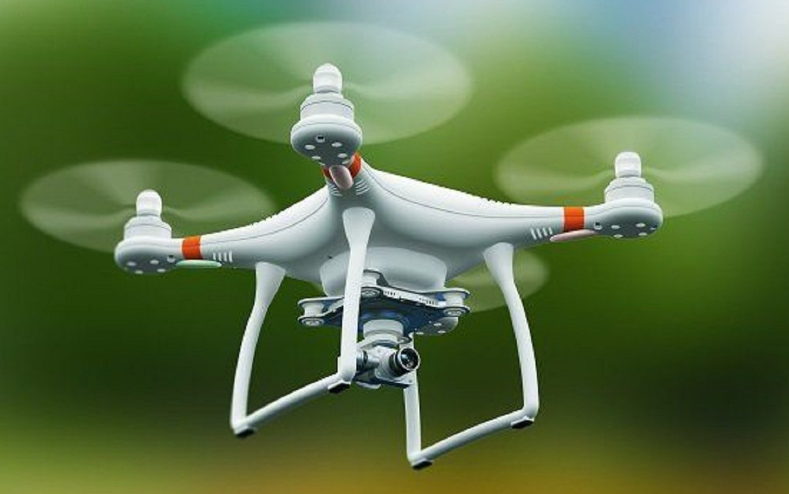Australia’s leading LinkedIn marketer Sally Illingworth joins the Forward Thinking podcast to share how she gained over 14 million organic content views on LinkedIn in less than 12 months.
We touch on how to create the perfect LinkedIn profile (I’ve got some work to do here), how to get leads that convert on LinkedIn and how publishing 1 video per day on LinkedIn can increase your profile views by 2000%
With over 55,000 pieces of content published on LinkedIn every second, Sally shares exactly how to produce content that cuts through the noise and delivers results for your business.
For any business owner who doesn’t know how to get started and begin leveraging the massive power of LinkedIn, this episode is a must-listen.
What you will learn

- How to start your content marketing strategy for your business
- How to maximize your content reach > lessons from gaining 14million organic content views on LinkedIn
- How publishing 1 video per day on LinkedIn can increase your profile views by 2000%
- How cooking Australia’s largest pizza resulted in priceless PR and engaging content
- Why LinkedIn is the best platform for personal branding
- How to create the perfect LinkedIn profile
- How to get leads that convert through LinkedIn
- Creating content assets that create emotional connections with prospects
- Type of content that the LinkedIn algorithm is rewarding the most
- How to maintain content production in your business
- How to produce 30 videos from 1 pillar article
Resources mentioned in this episode
Linkedin as a content publishing platform Hubspot Mailchimp Inshot LinkedIn influencers to check out: Shay Rowbottom Mark Metry Sally A IllingworthWhat business you would build on Mars?
Intergalactic video production business. And how do I market it to the Martians? I would market it by showing them what I’ve achieved with my LinkedIn profile because then they can use video content production to market to come and visit Mars.Transcript










